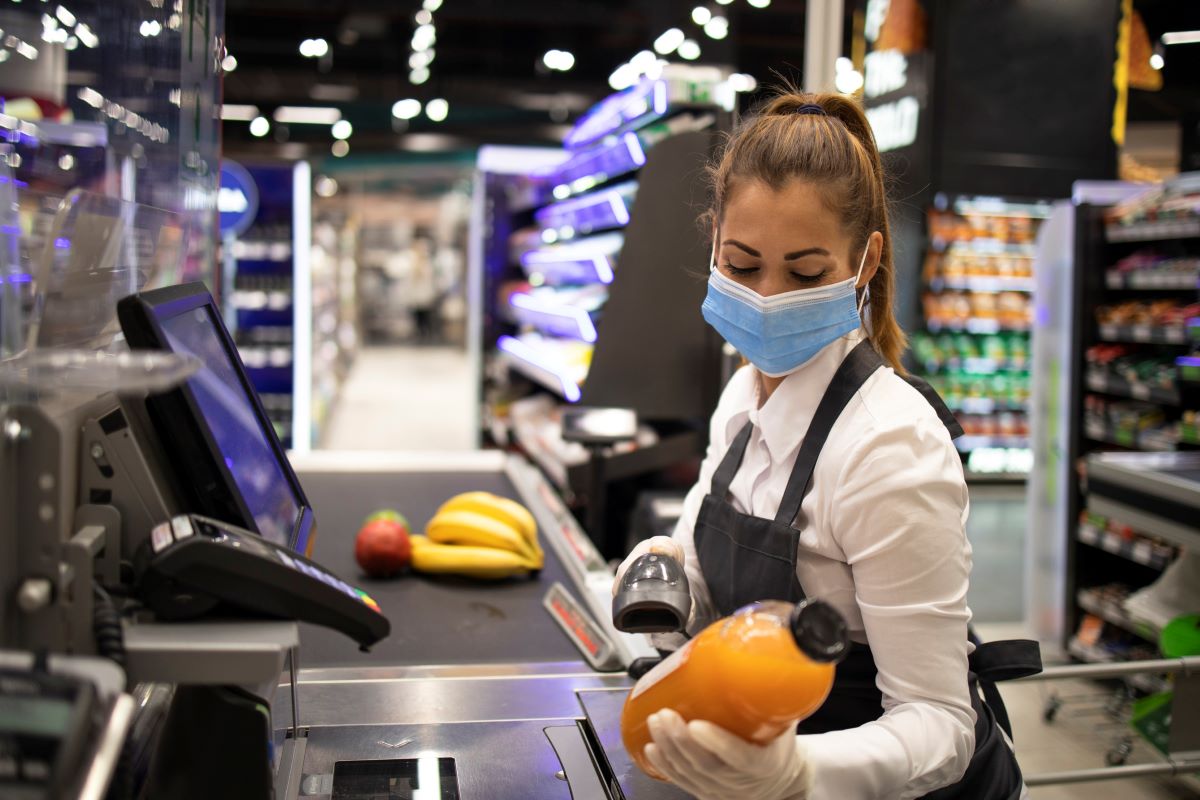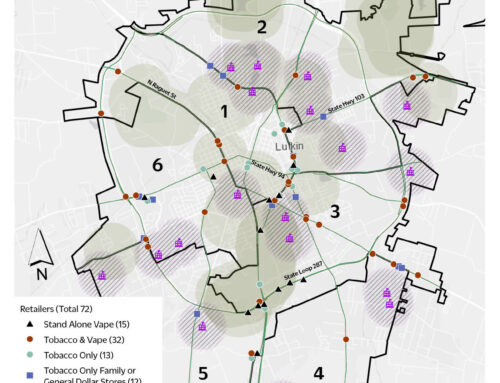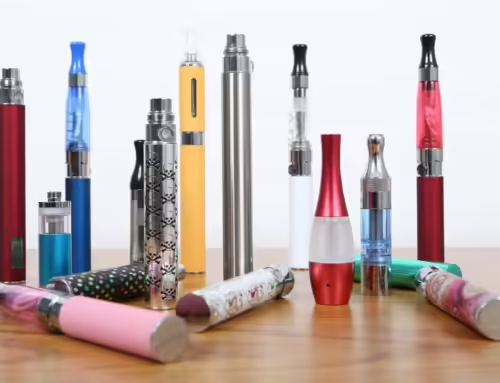The retail environment provides many of the products that result in unhealthy behaviors such as tobacco use, poor nutrition, and excessive alcohol use. How can we create a retail environment where the healthy choice is the easy choice? Some important strategies involve addressing the availability, promotion and price of tobacco products, foods and beverages and alcohol in stores.
As we reflect on 2020, a year of few non-essential trips outside the home, one of the places we continued to visit was the local grocery or convenience store. Whether we realize it or not, what is available at our local store plays a significant role in the behaviors we choose. Especially in the most disadvantaged communities, access to fresh produce is often limited, while there are plenty of sources for tobacco, alcohol and fast food. In the United States, tobacco use, poor nutrition and excessive alcohol use are among the leading causes of preventable deadly illness, including heart disease, cancer and chronic lower respiratory diseases. The retail environment provides many of the products that result in these health behaviors. Each type of product generally falls under the purview of different public health practitioners (e.g., tobacco control, nutrition, alcohol misuse prevention), but the retail environment is an area these practitioners can, and should, work together to make safer.
The Retail Environment
The retail environment includes both the community environment (e.g., number, type and location of stores) and the consumer environment (e.g., what products are sold, how they are advertised and prices).
What can we do to create a retail environment where the healthy choice is the easy choice? Some important strategies involve addressing the availability, promotion and price of tobacco products, foods and beverages and alcohol in stores. To do this, public health practitioners and policy makers should:
- Limit the availability of tobacco and alcohol products, especially those that target youth.
Prohibiting the sale of flavored tobacco products, including menthol, is the most comprehensive policy, but other ordinances can be designed to limit the types and proximity of stores selling flavored tobacco. While retailers can also decide to self-regulate, such as the decision by CVS to stop selling tobacco in 2014, local policies are more effective in creating sustainable change.
- Increase promotion of healthy products, while decreasing the advertising and prominence of alcohol and tobacco products.
This includes placing healthy options in prime locations, like eye-level or at the check-out.
- Support stores in increasing their availability of nutritious food.
Sometimes this involves providing physical improvements such as display shelving, refrigeration and freezers. If a store owner is not already selling fresh produce or other nutritious items, they may need training and technical assistance around procuring and stocking these products. Ideally, these products should be high quality and available at affordable prices.
- Encourage stores to participate in federal food benefit programs.
Retailers that accept the Supplemental Nutrition Assistance Program (SNAP) or Special Supplemental Nutrition Program for Women, Infants, and Children (WIC) benefits are required to meet certain stocking requirements of nutritious foods identified by the federal government. Along with increasing the availability of nutritious products in stores, participation in federal food benefit programs is important for ensuring healthy food is affordable for low-income shoppers.
- Increase prices on alcohol and tobacco products.
Research indicates that price plays a major role in purchasing behavior, so increasing prices can be an effective strategy in decreasing smoking and excessive drinking rates. Prices can be increased through imposing higher taxes or using non-tax approaches, such as prohibiting discounts or setting minimum price laws.
At Counter Tools, we believe the retail environment has so much potential to be health assets for our communities, and we’re excited to see new and continued collaborative efforts with partners, like the Geographic Health Equity Alliance, to make healthy retail a reality for everyone.
This post was originally published as a feature article for The Geographic Health Equity Alliance (GHEA), a CADCA initiative. GHEA is a CDC funded National Network dedicated to reducing geographic health disparities related to tobacco and cancer.





